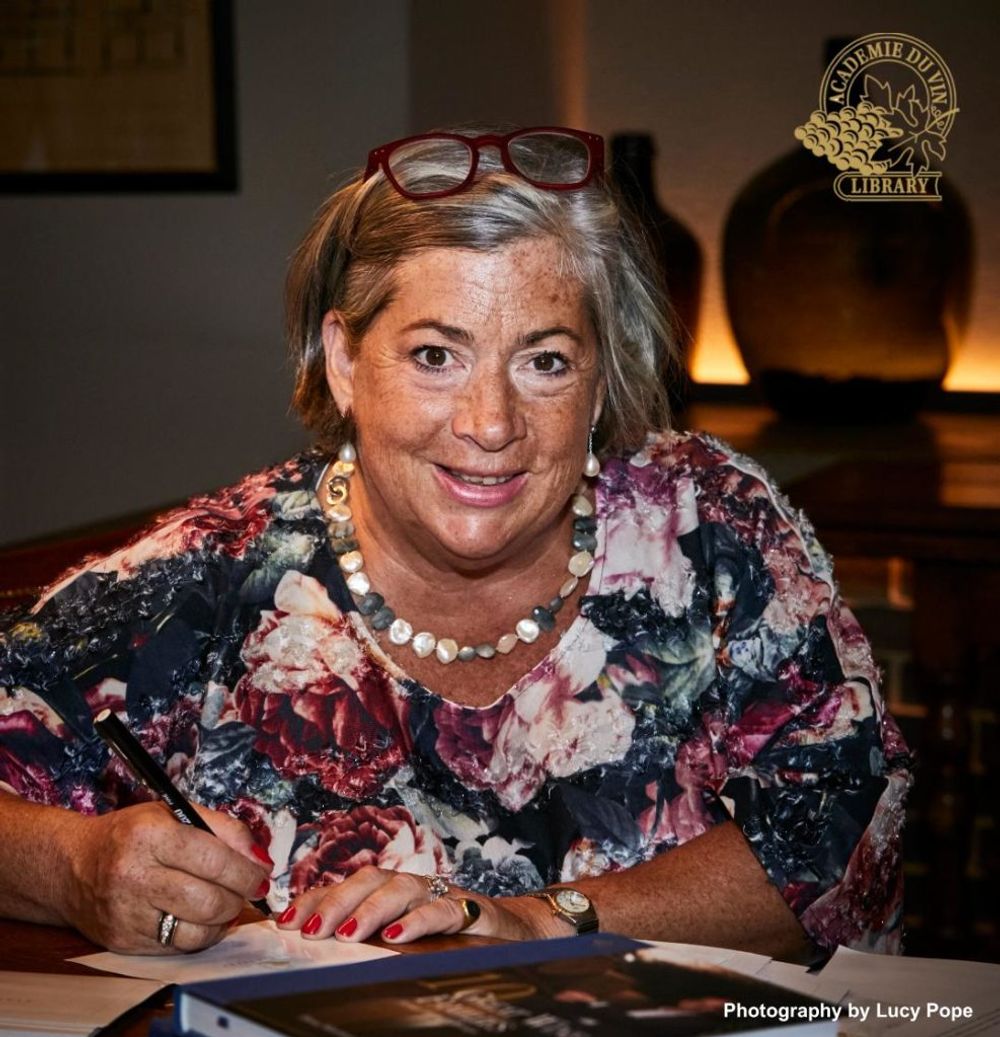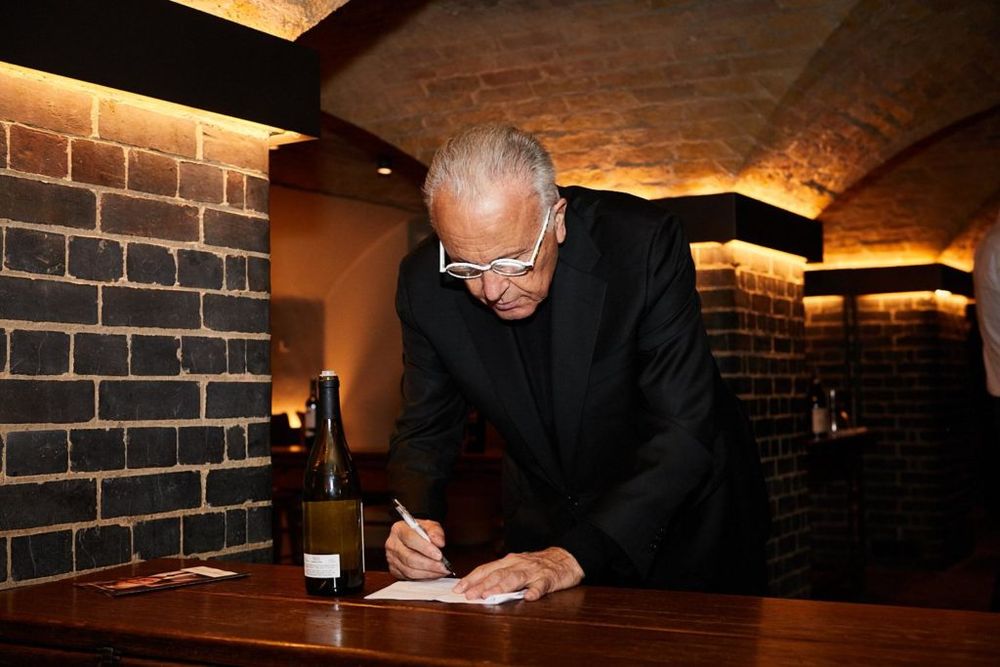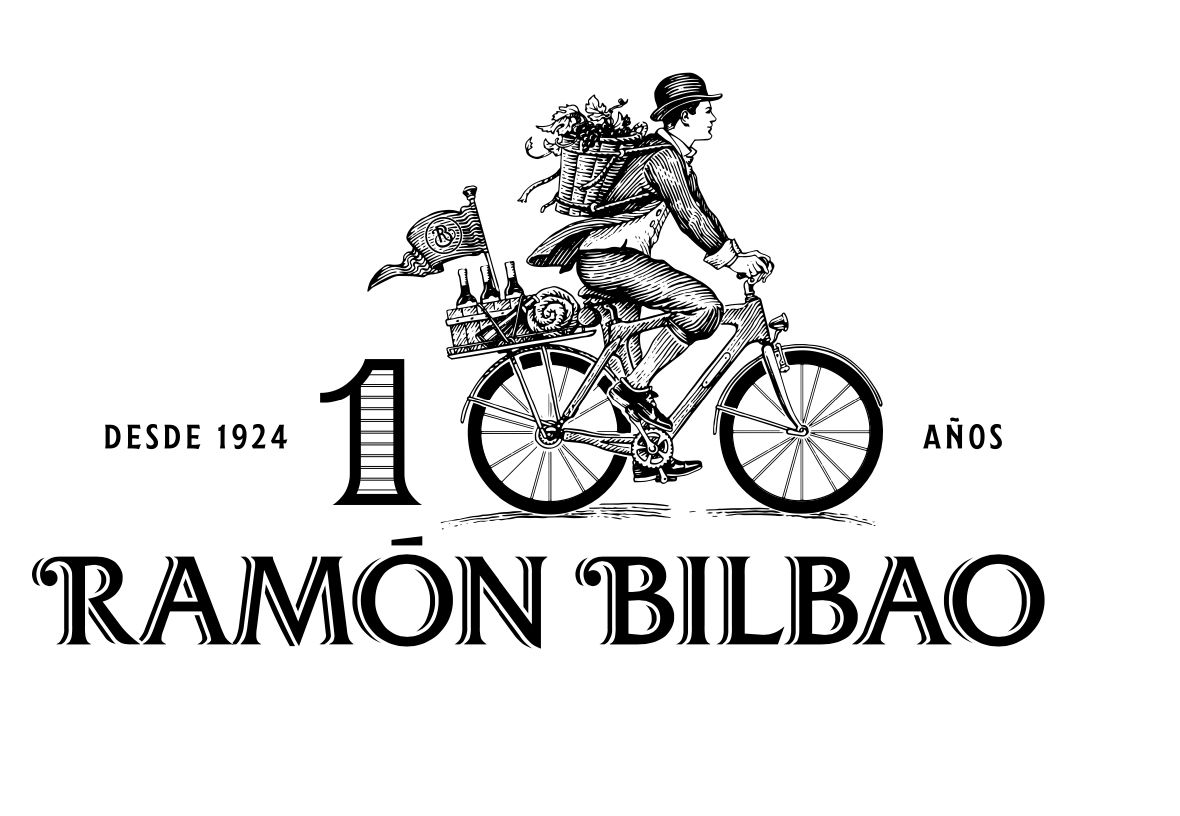’10 Great Wine Families’ by Fiona Morrison MW is one of the new releases from the recently formed Academie du Vin Library that hopes to give a fresh platform to serious wine writing and authors around the world.
Tell us about the new book. Why did you decide to write and publish this now?
Rising prices of vineyards, inheritance laws in Europe and climate change have all put stress on wine families and this is a fascinating period where wine families are having to compete against institutional investors (insurance groups, luxury goods companies, banks etc. ) to keep their domains intact and preserve them for future generations.

Fiona Morrison MW is well placed to write about long standing wine families as she is part of one
What was the inspiration for the book and what difference do you hope it can make?
Having married into the well-known Thienpont family in Bordeaux, I realised from the inside the tensions and travails that existed in keeping the family’s wine heritage intact. This is an insider’s look if you like. As Hugh Johnson says: “From a viewpoint that no other writer, as far as I know, has ever possessed: a seat at the heart of the action.”
I hope the book will give encouragement to these great families and in some small way, may help to preserve them.
Who do you see as your audience for the book?
I wanted to write a book that told a great story and that could interest people who enjoyed wine and wanted to have an inside look into that world. A book that brought these families, their history, their countryside and their wines alive for wine lovers more than wine experts. I wanted to write a book that people could read in bed, as that is where I do most of my reading.
How did you do your research and bring it all together?
I spent at least a couple of intense days with each family, often staying in their homes, to really understand them and the challenges they faced. I wanted to write about those families who made great wines and tended wonderful vineyards. They also had to have survived at least three generations so that they had a sense of perennity, of working to continue the family name.
There were often common themes and shared experiences that brought the stories together and of course, later on in the evening, with a good bottle or two, out came some fabulous anecdotes.
How did you decide on the 10 families you chose? What were the criteria you used?
The families had to be names that wine legends are made of, but most importantly I first of all had to see which families knew and trusted me enough to let me into their world.
Any particular common traits that you can see in each of the families?

Angelo Gaja, one of the families featured in the book, at the recent launch
Yes, most of the families regard their role as being guardians of the land that they were lucky enough to inherit and did not have to pay for. They feel that they are its custodians, at least for their generation. They all take longer term views than most in this business and they make sure to have the resources to weather the storms ahead. They want to leave their mark for the generation that follows them.
What do you think has been the main reason for their collective success?
The same values that help everyone make a success: hard work, tenacity, good communication amongst the different characters, patience, tenacity. But, above all, a pride in being the current link in a long chain of winegrowers.
Any surprise learnings from writing the book?
Lots! But then you have to read the book to find out what they are!
Do you see other families in the drinks and wine industry reading it to get ideas of running a business?
Keeping a family business together is not easy. Harvard Business School estimates that 70% of family businesses are sold or taken over before the second generation and only 12% survives the third. The families profiled here are all great examples of how to run a business and how precarious that business can sometimes be. The stories give some really good examples of what you should and should not do!
What has been like working with the Academie du Vin Library and what difference has it made in getting the book published?
When Steven Spurrier and Hugh Johnson told me that they would like to publish the English version of this book, I was deeply honoured. I love their writing and they have inspired me so much over the years. There is also a fabulous team running the publishing house which I hold in the highest regard.
With all new ventures, it has been exciting and a little challenging, but I hope with every great new book that the Academie du Vin Library publishes, its reputation will grow and it will become really appreciated for great wine writing. Also check out the Vinosity articles – what a great collection of articles and writers. I am proud to be part of that community.
What book is next for you?
I have another project up my sleeve but it is early days still. I do really believe that to spread the word about wine we need to tell stories rather than write tasting notes and I love telling stories.
Peter McCombie MW: Review of 10 Great Wine Families: A Tour Through Europe, by Fiona Morrison MW

The latest release from the Academie du Vin library offers a view inside 10 European wine producing families. It is an invigorating cuvee of family histories and politics, geography and viticulture and of course wine making, that reveals the successes of its subjects, while exploring some of the personal and business challenges facing them. There are excellent and judicious explanations of aspects of terroir, wine making techniques and wine jargon, that illuminate without being patronsing or simplistic.
Fiona Morrison MW, herself a member of one of the families examined, takes a personal approach: “I have chosen these wine growers… because they make wines that I admire greatly.”
While she counts some of them as friends, she is not afraid to say what she thinks and is thoughtful and at times probing about the families and their quirks and complexities. She has a journalist’s eye, looking beyond what she is being shown and told. Her subjects reveal themselves as dedicated and driven, hardworking and iconoclastic, yet human and fallible.
There are, unsurprisingly, tasting notes, normally my least favourite type of wine writing, but these are straightforward and unpretentious, combining some background while offering a general, mostly not vintage specific tasting note. James Alexandre Rocca-Serra has contributed some lovely pictures, inevitably of romantic vineyard vistas and handsome buildings, but also striking portraits and of warm family groups, alongside some quirky and less obvious pictures of cellars and wine paraphernalia.
This book is likely to be bought by – or for –engaged wine lovers, but it is a great read for the neophyte too. It captures some of the romance that attracts many of us into the business as well as the hard nosed realities we learn once we are in it. No doubt it will inspire many readers to explore some of the wines of the families it celebrates.
- If you would like to buy 10 Great Wine Families then click here and you can also visit the Academie du Vin Library website to see what other books it has available and also sign up to Vinosity which includes a collection of writing from leading names around the world for £7.99 a month or £79 a year.









































